17 Things That Only Happened in Living Rooms Before The Cable Era
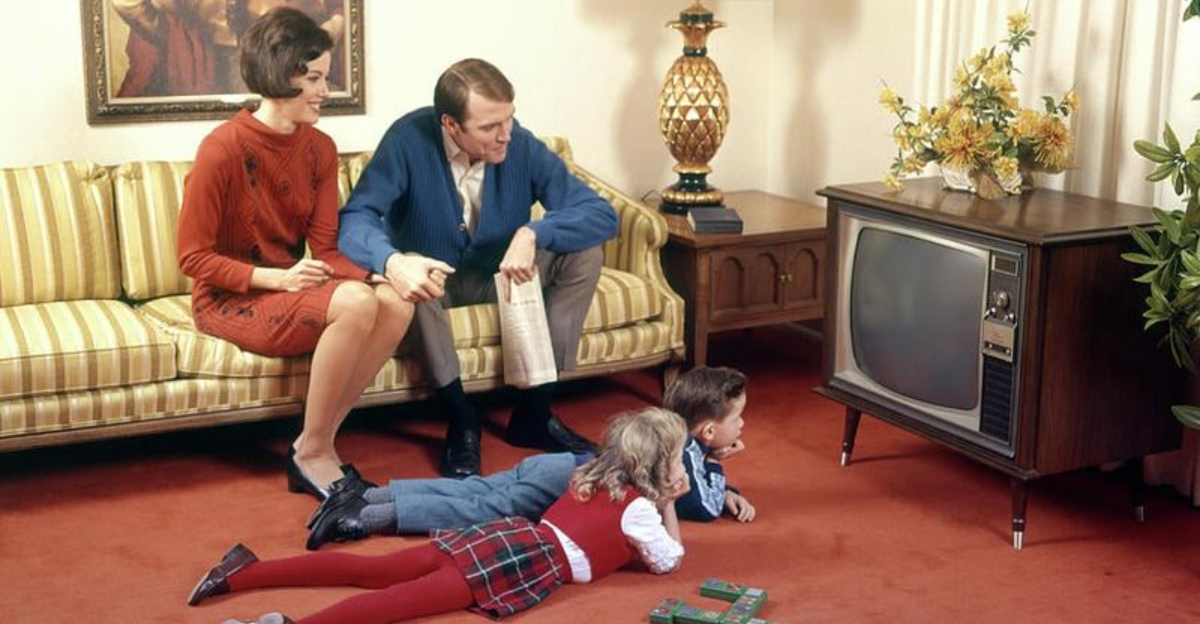
Remember when the living room was the beating heart of family life? Before endless channels and streaming services invaded our homes, this special space hosted unique rituals and activities that defined an era.
The humble living room served as entertainment central, social hub, and cultural classroom all rolled into one – creating memories that today’s screen-dominated households might never experience.
1. TV Antenna Acrobatics
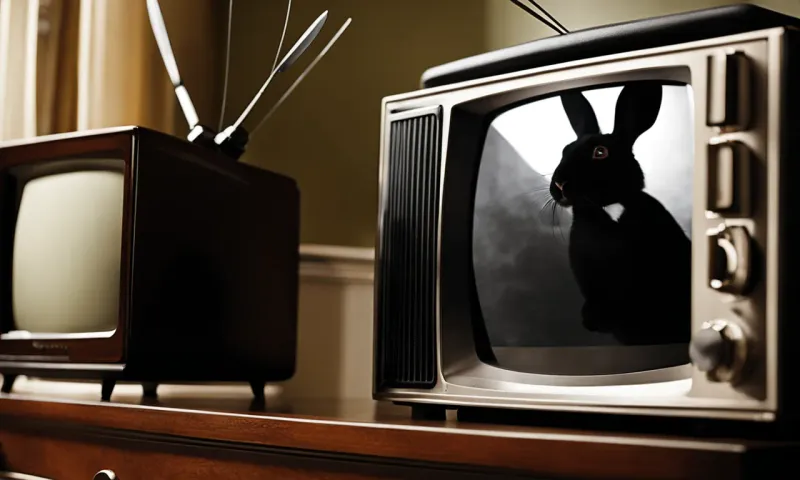
Dad balanced precariously on a footstool, arms stretched toward the ceiling, twisting the rabbit ears while everyone shouted directions. “Left! No, right! Hold it right there!”
The static-filled screen would suddenly clear, revealing a slightly fuzzy but watchable picture. This performance might repeat several times during one evening, especially when weather interfered with reception.
2. TV Guide Negotiations
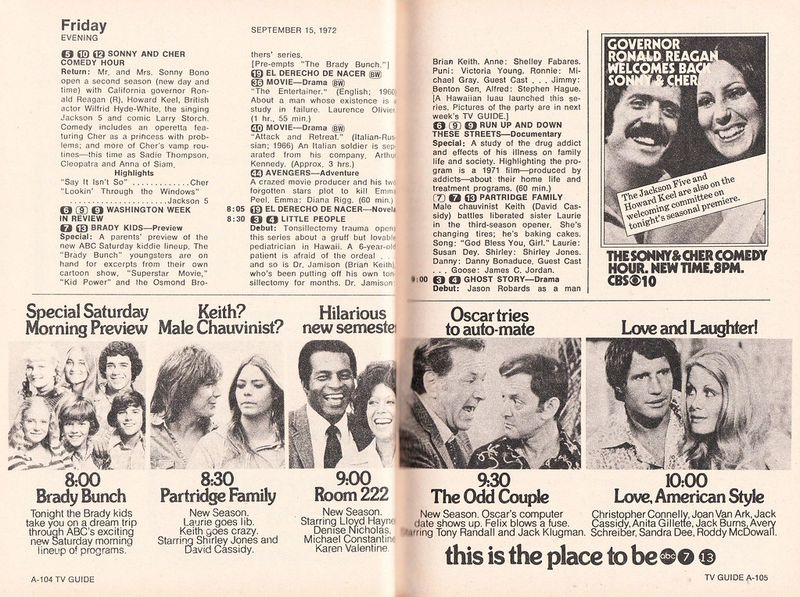
The weekly arrival of TV Guide sparked heated family debates. Everyone circled their must-watch programs with different colored pens, creating a rainbow-coded battle plan for the week.
Negotiations rivaled diplomatic summits as siblings bartered and parents mediated. “I’ll let you watch ‘The Six Million Dollar Man’ if I can watch ‘The Brady Bunch.'”
Democracy in action meant compromise was essential when only one screen served everyone.
3. Appointment Television Gatherings
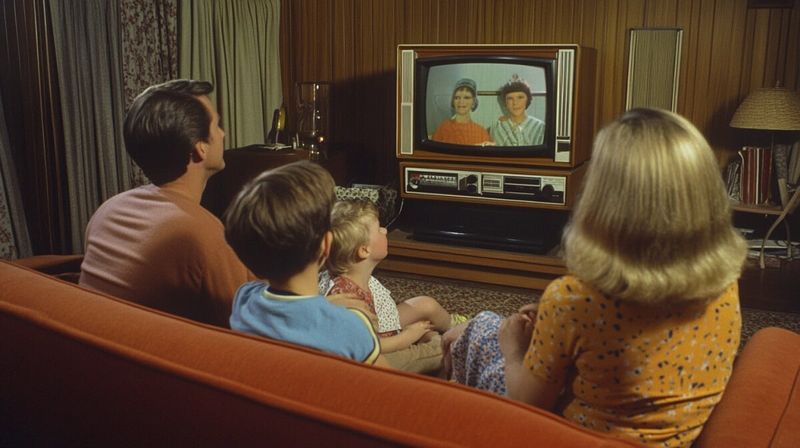
When favorite shows aired, nothing else existed. Families synchronized bathroom breaks and snack preparation around commercial breaks to avoid missing crucial moments.
My grandma would prepare special snack trays for our “M*A*S*H” viewing parties. The phone went unanswered during these sacred half-hours.
Missing an episode meant waiting months for summer reruns – no on-demand replays existed to save distracted viewers.
4. Knob-Turning Channel Surfing
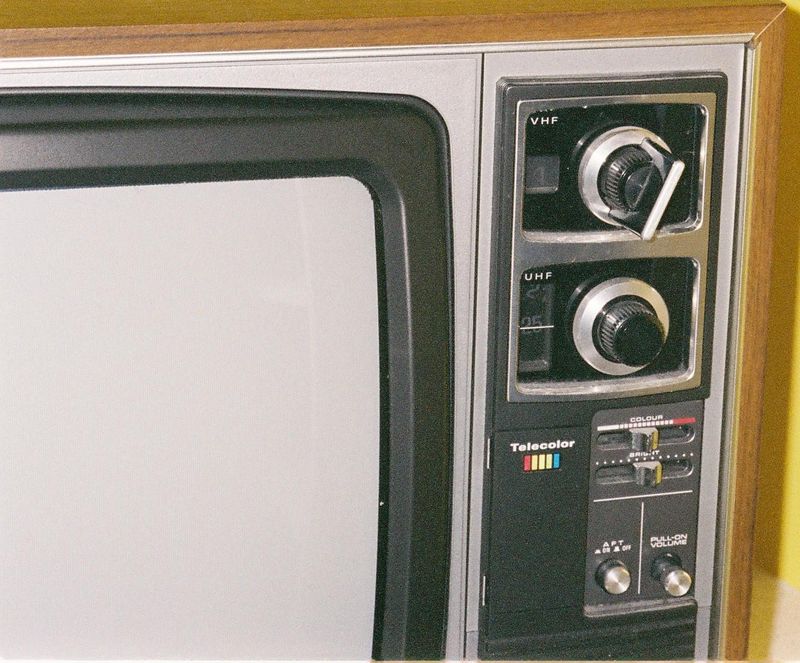
Channel surfing required physical effort! Children often served as human remote controls, stationed by the TV to click through all seven available channels at parents’ command.
The satisfying mechanical chunk-chunk sound accompanied each turn of the dial. Most homes received just three networks plus PBS, and maybe a couple of fuzzy UHF channels if you were lucky. The entire spectrum could be checked in under 30 seconds.
5. The Shared Cultural Moment
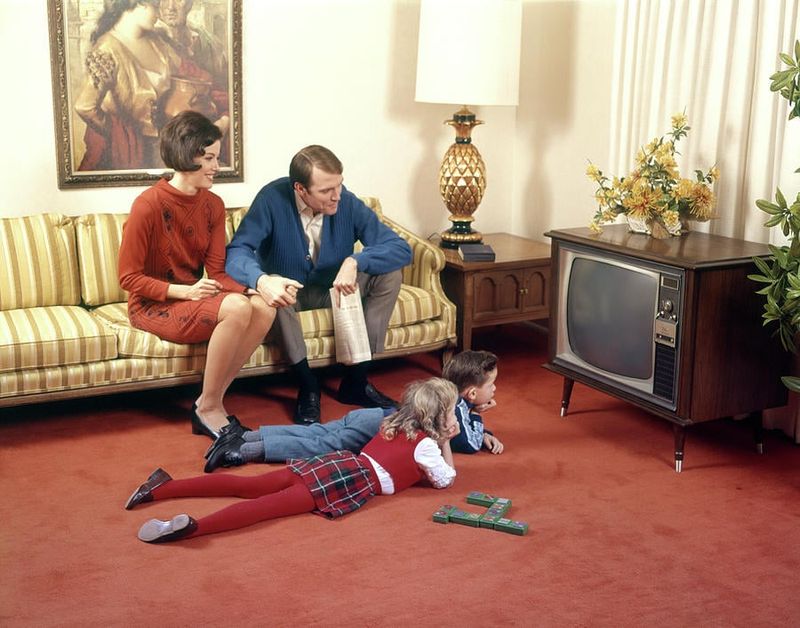
When major events happened, everyone watched together. Moon landings, presidential debates, and series finales became communal experiences shared by millions simultaneously.
The morning after, these broadcasts dominated playground and water cooler conversations. “Did you see Johnny Carson last night?” When ‘Who Shot J.R.?’ aired in 1980, a staggering 83 million Americans watched together – over half the television-owning population!
6. The TV Dinner Revolution
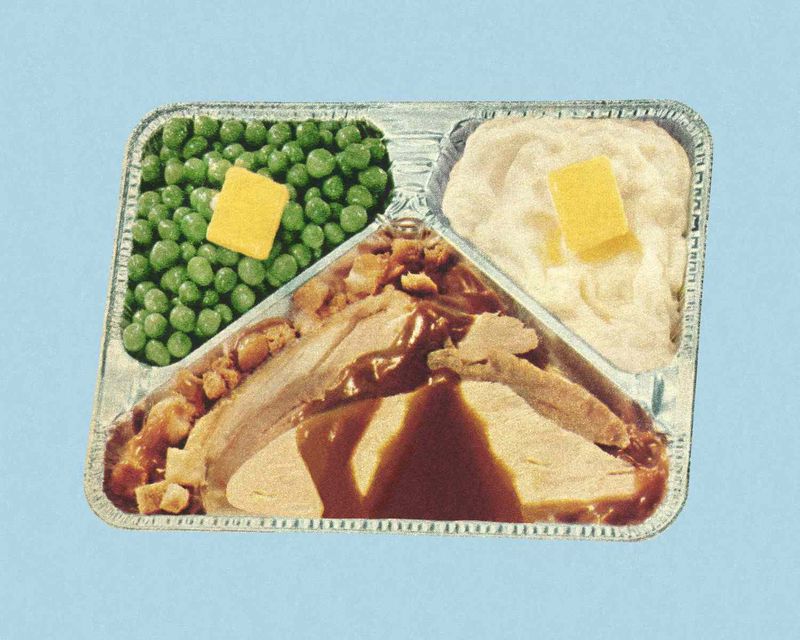
Aluminum trays with compartmentalized mystery meals transformed dining habits. Families balanced these wobbly metal contraptions on special folding TV trays, creating mini-dining stations around the television.
I still remember the scorching hot apple cobbler section that always burned my tongue because I couldn’t wait. The ritual of peeling back the foil to reveal salisbury steak, mashed potatoes, and corn created a special kind of anticipation for dinner-and-show nights.
7. Saturday Morning Cartoon Marathons

Children rose at dawn on Saturdays, still wearing pajamas, to catch every precious minute of the only kid programming all week. The living room floor became a sea of blankets and pillows.
Parents enjoyed rare sleep-in time while kids managed their own cereal bowls and cartoon schedules. The transformation from Bugs Bunny to American Bandstand signaled the disappointing end to this weekly ritual – no Cartoon Network existed for round-the-clock animation.
8. The Nightly News Family Gathering
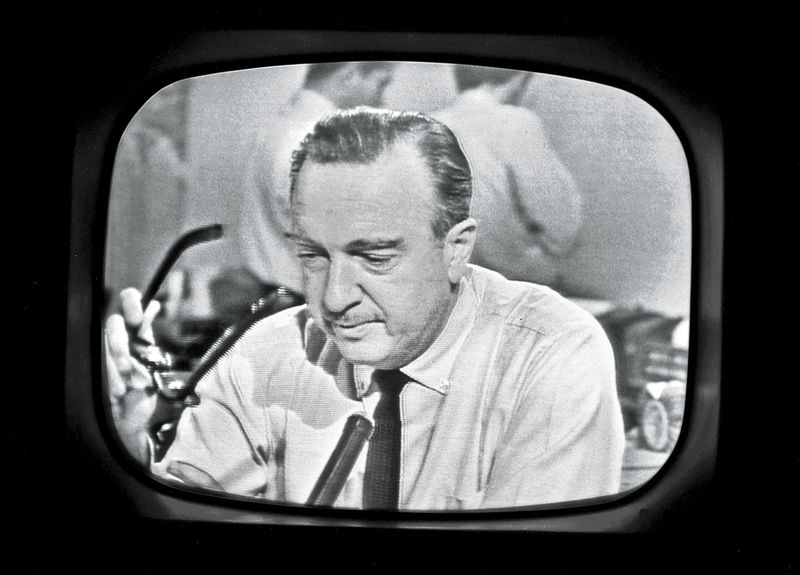
Each evening at 6:30 sharp, Walter Cronkite, Huntley-Brinkley, or other trusted anchors commanded attention. Dinner schedules revolved around this sacred half-hour when families absorbed world events together.
Parents used news stories as teaching moments. Children absorbed adult concerns through osmosis, developing awareness of current events.
The anchor’s sign-off phrase signaled permission to resume regular household activities – “And that’s the way it is” meant dinner could now be served.
9. Record Player DJ Sessions
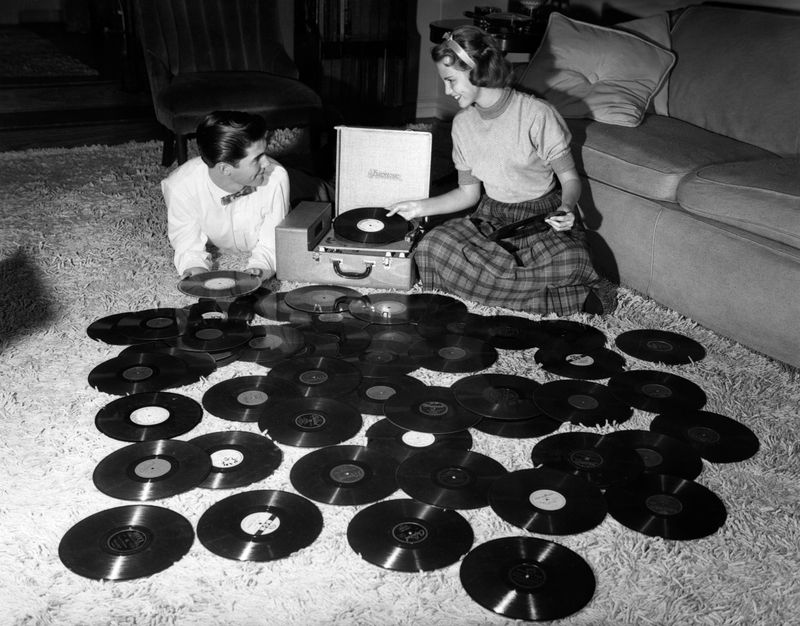
Living rooms transformed into dance halls when someone pulled out vinyl records. Taking turns as DJ meant carefully handling albums, avoiding fingerprints, and delicately placing the needle.
Back in high school, my friends would rate each other’s collections during weekend gatherings. The strategic sequencing of songs could make or break the mood.
Heated debates erupted over which Beatles album deserved prime position in the stack – musical taste defined social standing.
10. Board Game Championships
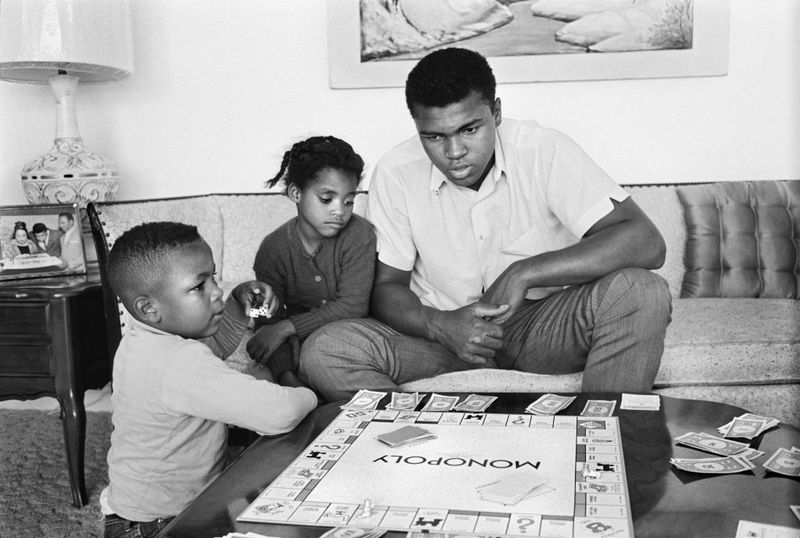
Coffee tables became battlegrounds for epic Monopoly marathons lasting entire weekends. Family rivalries flourished over Scrabble dictionaries and Risk territories, with houses divided by friendly competition.
No pause buttons existed – bathroom breaks required negotiated truces. Games weren’t casual pastimes but serious events demanding commitment.
The living room floor might remain covered in hotel pieces, Battleship pegs, or jigsaw puzzles for days during particularly intense tournaments.
11. The Encyclopedia Adventure
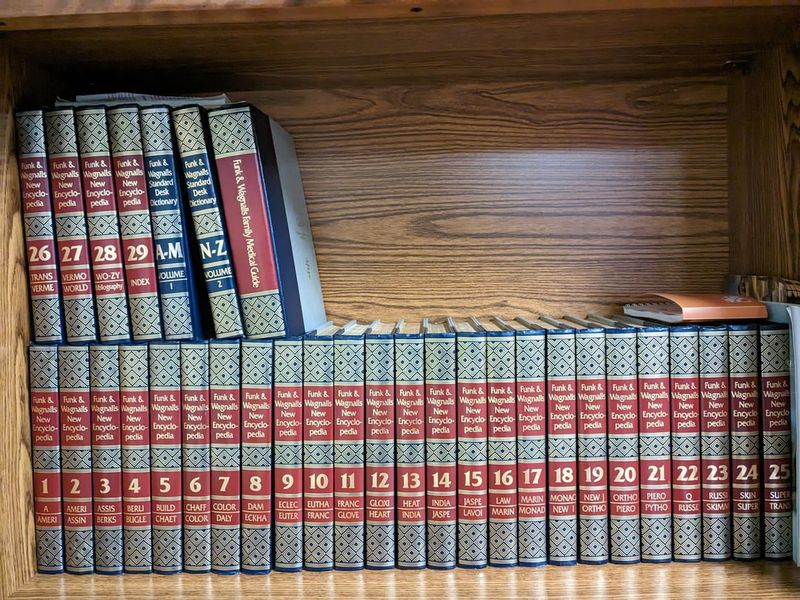
Homework sessions involved massive leather-bound books rather than Google searches. The entire family might gather around when someone needed to research aardvarks or Zimbabwe.
These gold-edged tomes occupied prime bookshelf real estate, representing significant household investment. Finding unexpected topics while flipping pages led to impromptu learning moments.
The distinctive crinkle of onionskin pages and musty smell of knowledge created a sensory experience no website can replicate.
12. The Telephone Tether
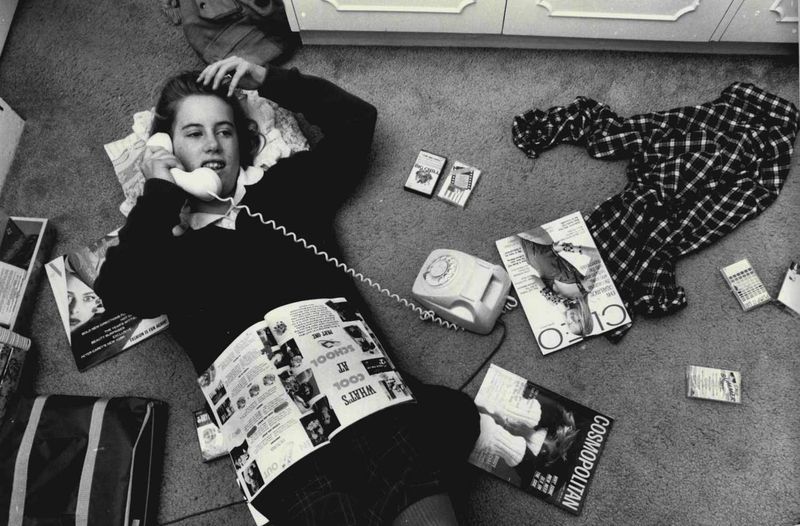
One phone served the entire household – typically anchored to the living room wall with a curly cord that never quite stretched far enough. Private conversations required creative solutions like draping a blanket over one’s head.
Everyone heard your business. The shared family calendar beside the phone tracked scheduled calls to distant relatives. Long-distance conversations became special events announced in advance: “Grandma’s calling at 7:00 – everyone be ready to talk!”
13. Slide Show Spectaculars
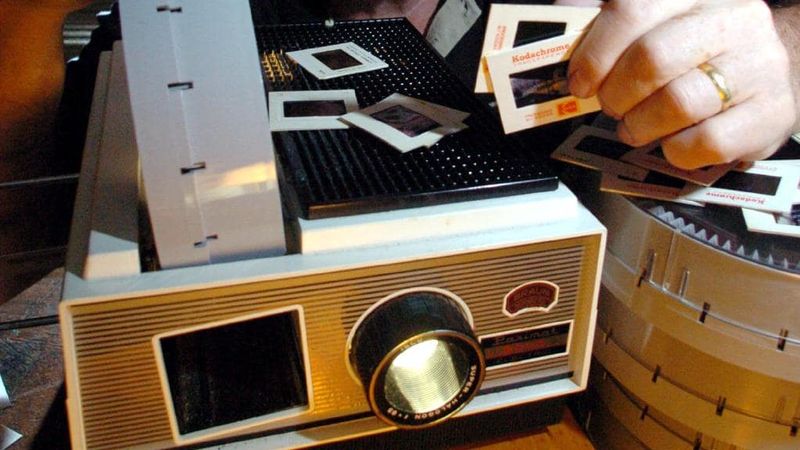
Vacation photos became community theater when Dad set up the projector and screen. Relatives endured endless carousels of slightly blurry slides while the photographer narrated each scene in excruciating detail.
The rhythmic whirr-click of advancing slides provided hypnotic background music. My uncle’s Grand Canyon presentation became legendary when he accidentally loaded the slides backward, forcing everyone to mentally flip each image.
These mandatory viewing sessions often induced mysterious cases of sudden sleepiness among audience members.
14. The TV Repair House Call
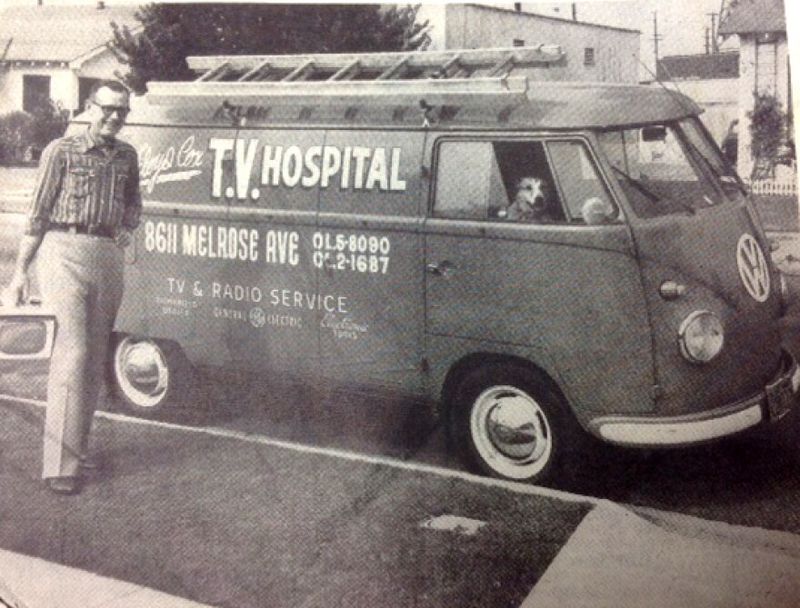
When televisions broke, mysterious men with tool cases made house calls. Families hovered anxiously as these technical wizards removed the back panel, revealing glowing tubes and complex circuitry.
The diagnosis process fascinated children. Replacement parts might take days to arrive, creating a household crisis. I remember our repairman, Mr. Jenkins, who always let me hold his flashlight while explaining how vacuum tubes worked – my first electronics lesson.
15. Home Movie Premieres
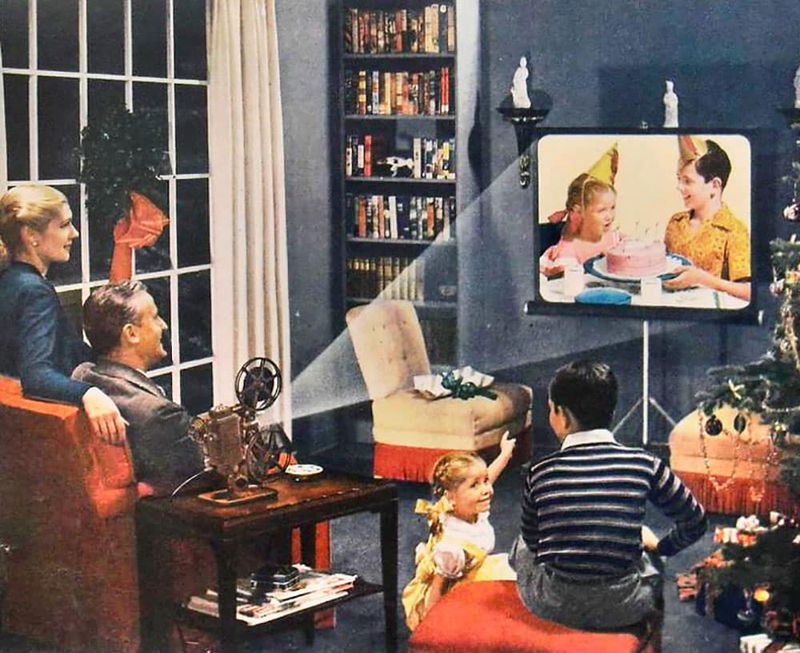
Super 8 films transformed living rooms into private cinemas. The distinctive clicking of the projector accompanied shaky footage of birthday parties and beach trips, while Dad struggled with focus adjustments.
Someone inevitably blocked the projector beam while getting snacks. The film frequently jammed or broke, requiring emergency splicing operations.
These screenings captured authentic moments – no one worried about perfect lighting or deleted unflattering shots like today’s curated social media posts.
16. The Living Room Concert
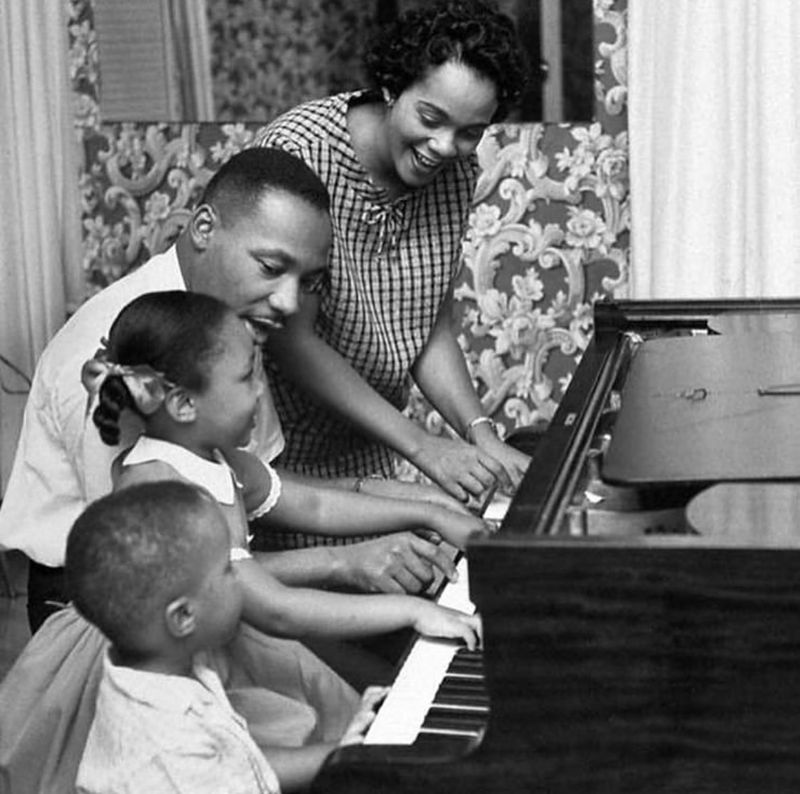
Piano recitals weren’t just for formal venues. Children performed for assembled relatives in living room concerts, showcasing weeks of practice on “Für Elise” or “Heart and Soul.”
Polite applause followed even the most mistake-filled performances. Grandparents beamed with pride regardless of quality. These intimate performances built confidence and created multi-generational memories.
17. The Radio Drama Experience
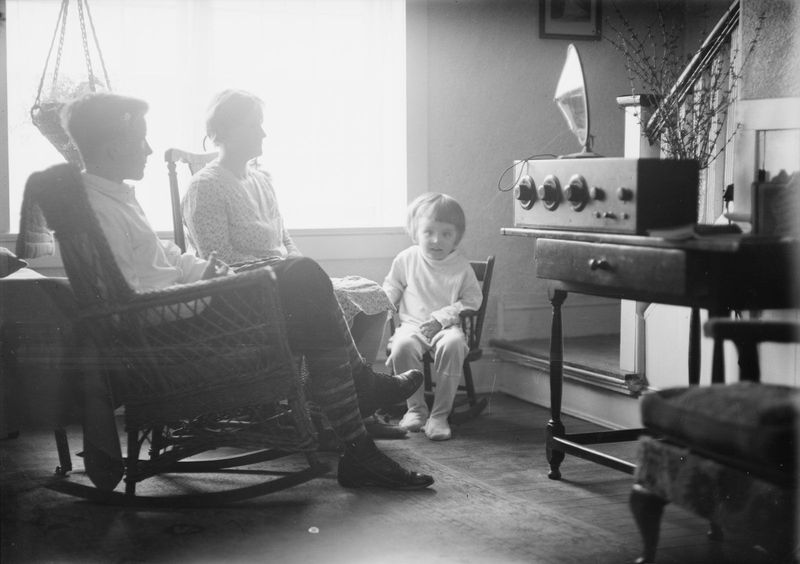
Before television dominated, families gathered around radios for dramatic serials. Imaginations worked overtime as sound effects and voice actors created mental pictures more vivid than any screen.
Listeners leaned forward, hanging on every word. The phrase “gathering around the radio” wasn’t figurative – family members literally formed semicircles near the speaker.
Even after TV arrived, special radio broadcasts like baseball games still brought households together in shared listening experiences.
